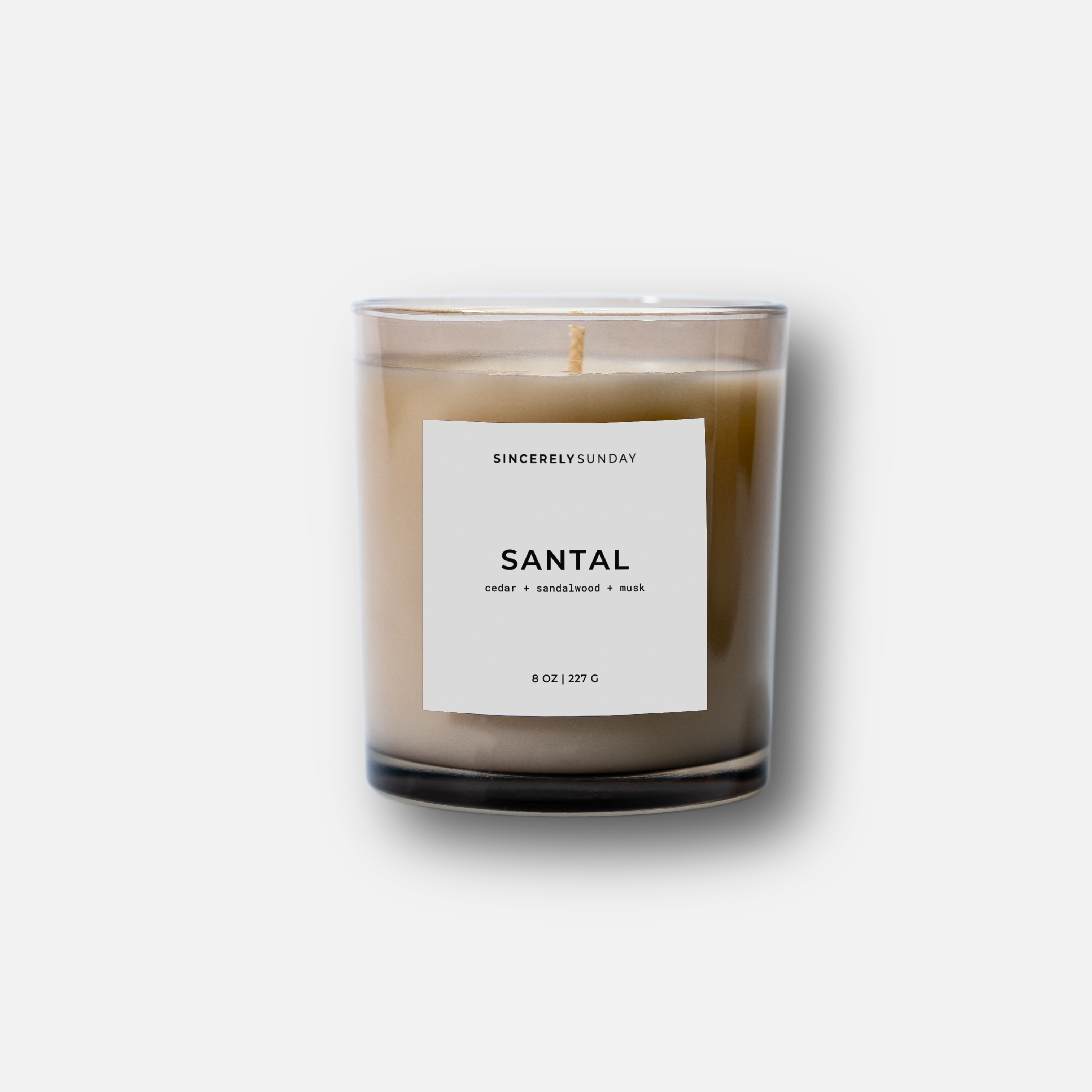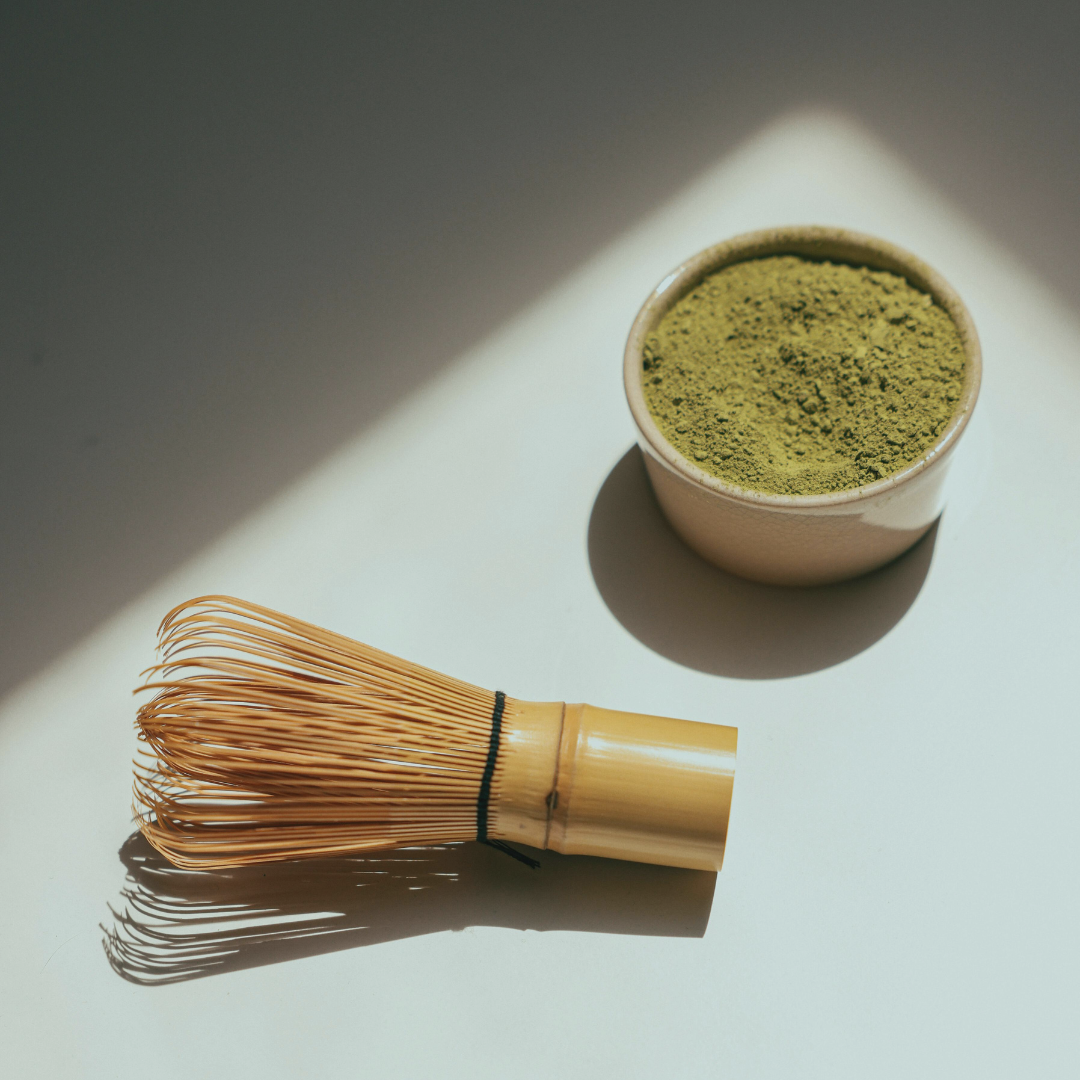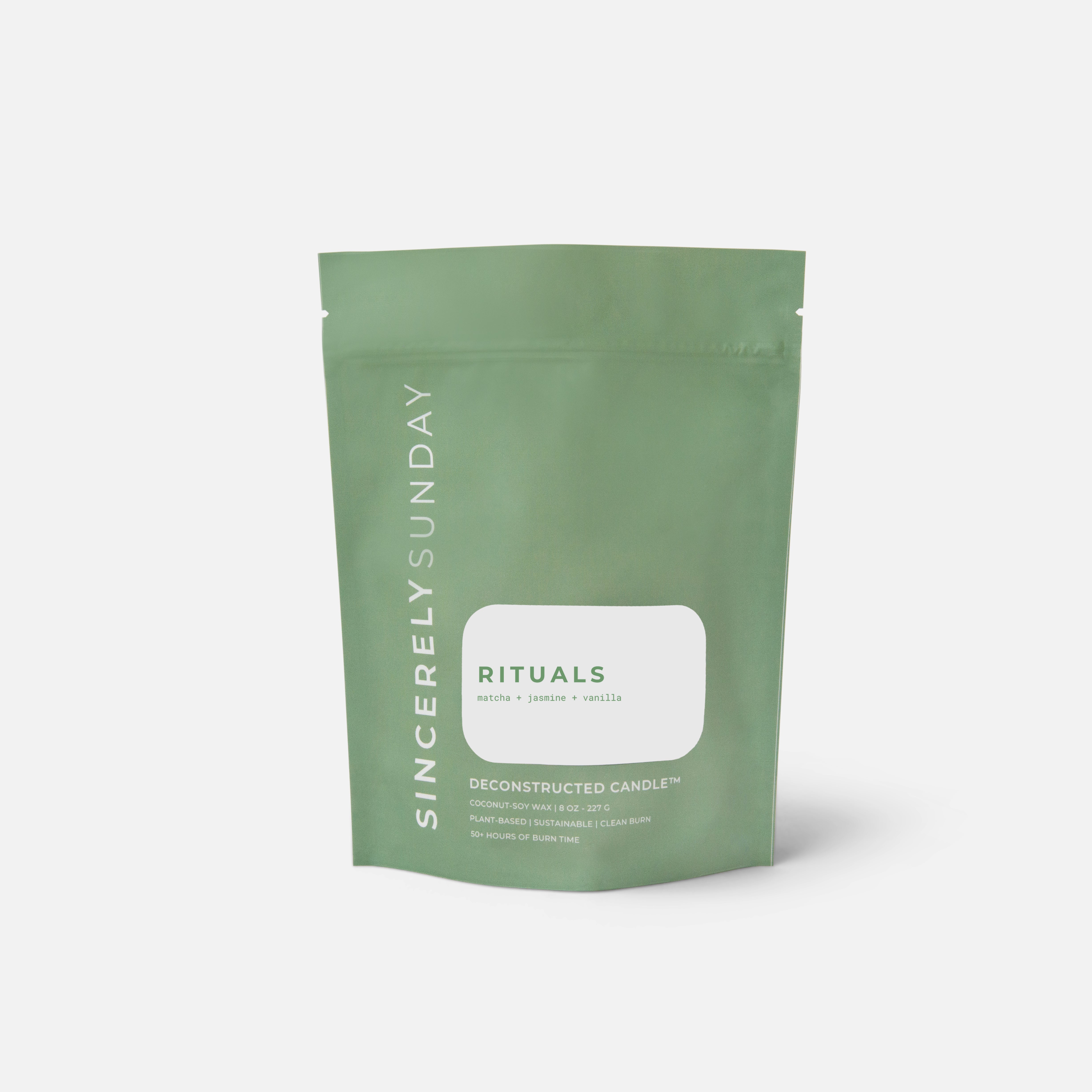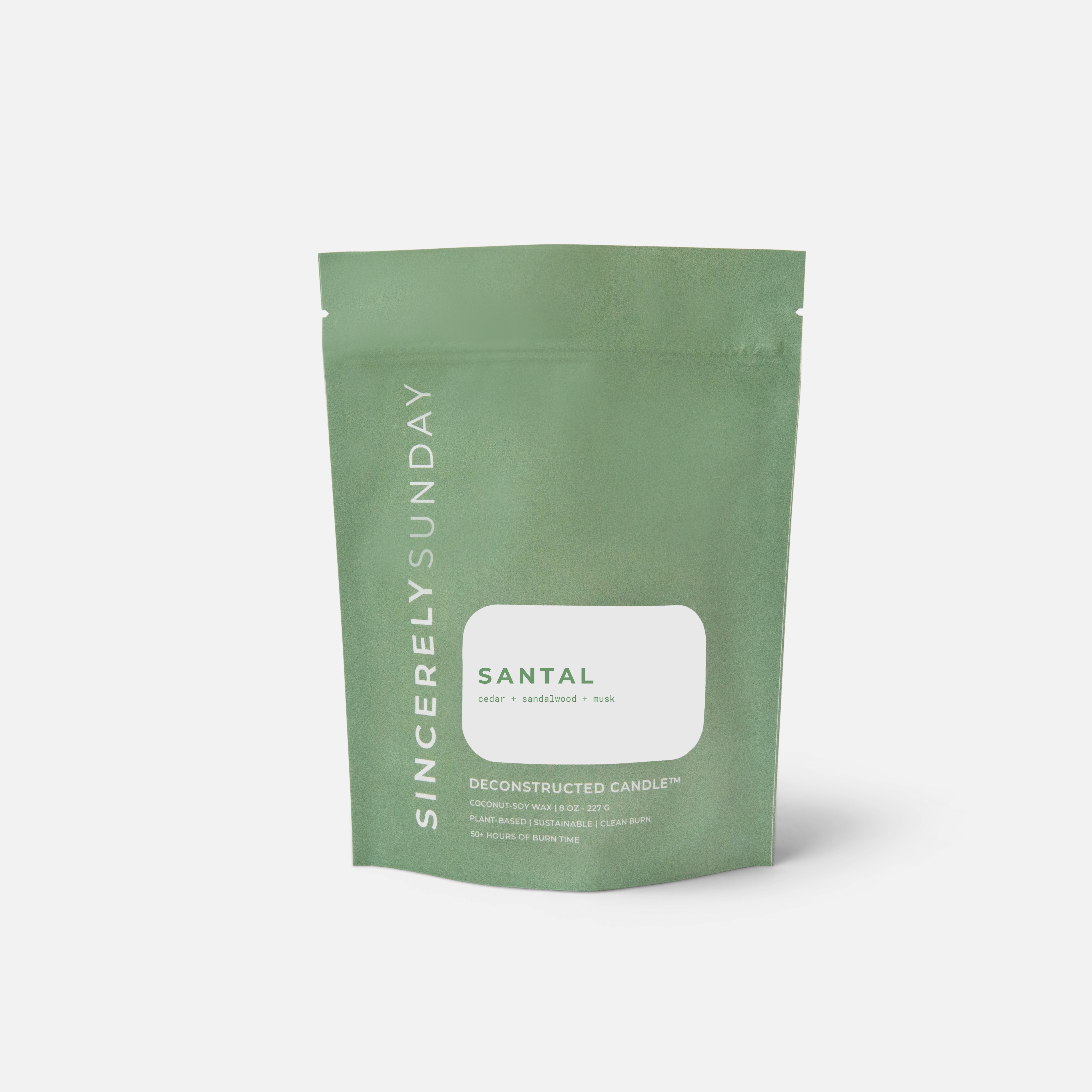
Candle Wax: Which is the best option?
Candle wax is the core of every candle, yet its composition can vary widely. From luxury candles to your everyday jar from a department store, the type of wax used plays a huge role in how a candle burns, how long it lasts, and how well the scent throws (aka, how far that lovely fragrance fills a room). But not all waxes are created equal, and each has its pros and cons.
How Is Candle Wax Made?
Most candle waxes are made through a process called hydrogenation, where natural oils or petroleum are treated to solidify them. But depending on the type of wax—whether it’s paraffin, soy, coconut, or beeswax—the production methods can differ. For example, soy wax is created from hydrogenated soybean oil, while paraffin wax is derived from petroleum byproducts.
Let’s break down the most common candle waxes available today, what sets them apart, and how they affect the candle experience.
Different Types of Candle Waxes
1. Paraffin Wax: The classic choice
Pros:- Excellent scent throw, meaning it’s great at carrying fragrance throughout a room.
- Affordable and accessible, making it a popular choice for mass-market candles.
- Versatile, it can be manipulated to create different textures, colors, and appearances.
Cons:
- Derived from petroleum, which gives it a bad rep as not being “natural.”
- Can produce more soot compared to natural waxes, which may affect air quality in poorly ventilated spaces.
- Linked to the release of volatile organic compounds (VOCs) when burned, though research shows that the levels are not significantly more harmful than those from other waxes like soy
2. Soy Wax: The Eco-Friendly Favorite
Pros:- Plant-based, biodegradable, and renewable—great for the environmentally conscious.
- Burns slower, giving you more candle burn time for your buck.
- Produces a cleaner burn with less soot compared to paraffin.
Cons:
- Not as strong a scent throw as paraffin, so it may not fill a large room as well.
- More expensive than paraffin, which can drive up the cost of candles.
- Tends to have a less polished, more rustic appearance.
3. Coconut Wax: The luxury choice
Pros:
- Very clean burn with minimal soot.
- Excellent scent throw, often considered better than soy.
- Sustainable and renewable, as coconuts grow year-round.
Cons:
- One of the most expensive waxes on the market.
- Soft texture, which can make it tricky to use on its own—often blended with other waxes like soy or paraffin.
4. Beeswax: The ancient, All-Natural Option
Pros:
- Burns clean and bright, producing a natural honey-like scent.
- Long burn time due to its high melting point.
- Naturally purifies the air by releasing negative ions.
Cons:
- The most expensive of the waxes, which is why it’s not commonly used in mainstream candles.
- Its strong natural scent can clash with added fragrances.
- Not vegan, as it’s an animal byproduct.
Designer Candles: Which Wax Do They Use?
When it comes to designer and luxury candles, brands tend to gravitate towards wax blends that offer the best of both worlds—strong scent throw, clean burn, and a luxurious feel. It’s common to see a mix of soy, coconut, and paraffin wax in higher-end candles. This blend ensures that you get the slow burn and eco-friendliness of natural waxes, along with the enhanced scent throw that paraffin brings to the table.
On the other hand, mass-produced candles usually favor paraffin for its affordability and versatility. It helps them achieve consistent results across large batches, and paraffin’s strong scent throw makes it ideal for heavily fragranced candles that need to perform well in large spaces.
So, What’s the Best Wax for Candles?
The truth is, there’s no one-size-fits-all answer to that.
It depends on what you’re looking for in a candle—whether it’s a strong scent, a slow burn, a more affordable price point, or a candle made from clean, sustainable ingredients. Each wax has its place, and the right one for you depends on your priorities.
Our Wax: A Thoughtful Blend
We weren’t satisfied with the traditional waxes available on the market. That’s why we crafted our proprietary blend of coconut, soy, and a small amount of refined paraffin. This blend ensures that our candles burn smoothly and evenly, with a scent throw that fills a room without overwhelming your senses.
We found that incorporating a small percentage of paraffin made a significant difference in how well our custom-blended fragrances carry. Rest assured, we’re committed to using clean ingredients, and we’re always exploring new eco-friendly options to improve our candles.
































